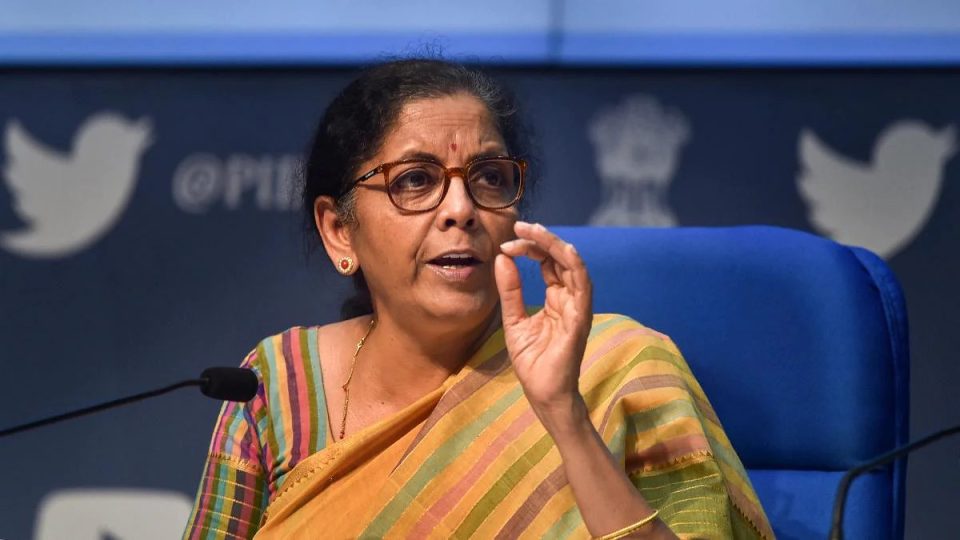India’s GST Council will meet in Srinagar on June 28-29, Finance Minister Nirmala Sitharaman‘s office said on June 16, without any further details.
The meeting was held a few days before the fifth anniversary of the launch of the indirect tax system. After decades of delay, GST was launched on July 1, 2017.
Since the introduction of GST, the GST Council has reduced tax rates on several items. This lowers the income-neutral tax rate, the so-called income tax, where states and centres do not erode income without all local taxes. The neutral tax rate was increased from 15% to 11.5%.
India’s monthly excise tax revenue has remained above Rs 1 lakh crore for 11 consecutive months after a sharp drop in the wake of the coronavirus pandemic, raising hopes that the tax system will stabilize as compliance improves.
Meanwhile, a panel of ministers headed by Karnataka Chief Minister Basavaraj Bommai is expected to discuss proposals to increase the tax rate from the current 5% to 7% or 8% and from 18% to 20%.
However, tax experts see little chance of a rate hike during high inflation. The current rates under the GST regime are 5%, 12%, 18% and 28%. There are other special slabs of 0.25% and 3%. Some items are exempt, while others, such as sin goods, are subject to what is known as a GST compensation tax.
Some states ask for an extension as promised. GST reimbursement ends this month. However, the centre opposes such a move.
GST compensation tax on certain goods and services has been extended until March 2026 to cover borrowing and delinquent compensation paid to states for the past two years.
To get the states on board before the nationwide roll-out of the consumption-based tax that subsumed most state-level levies, the centre had assured them annual GST revenue growth of 14% for five years to Jun. 30, 2022, with any shortfall being met from the compensation cess fund.





